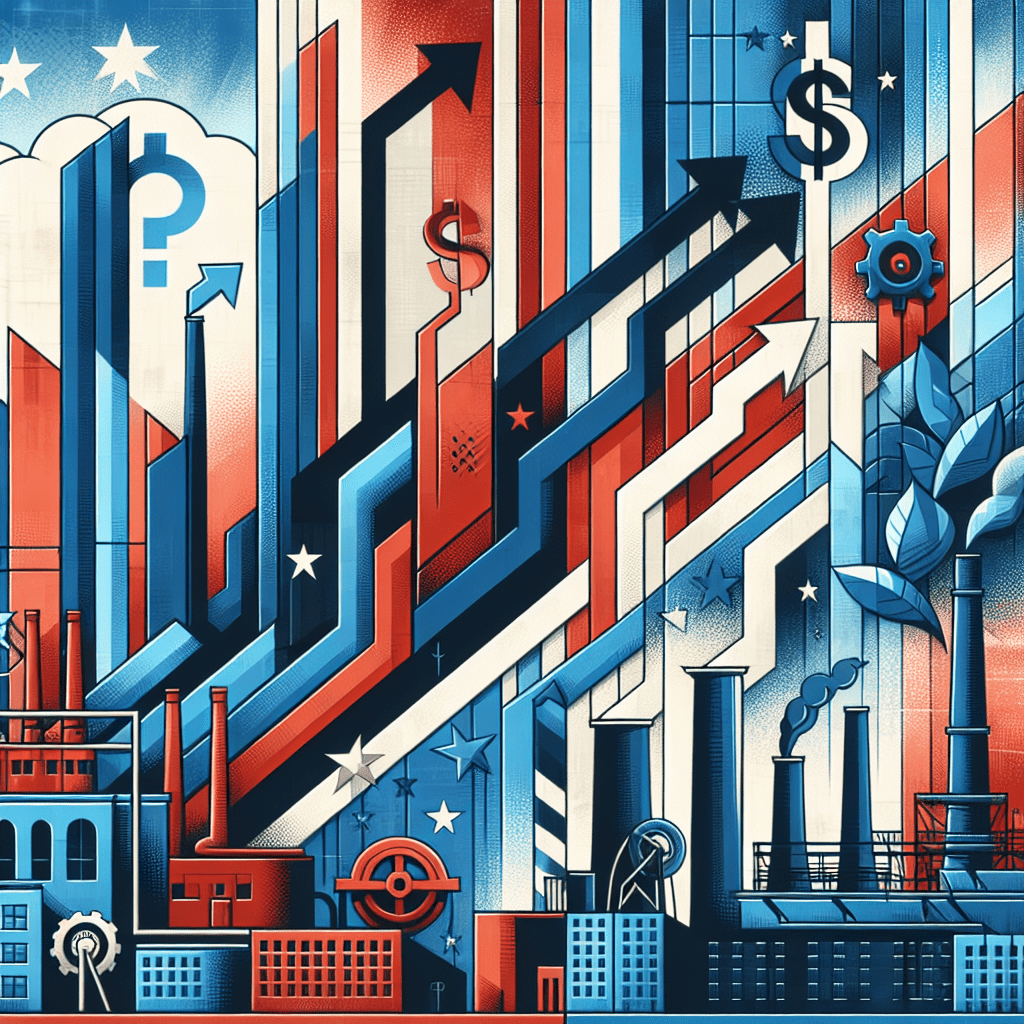President Donald J. Trump has taken decisive action to bolster American manufacturing by reinstating and expanding tariffs on steel and aluminum imports. These measures aim to protect critical domestic industries from unfair foreign competition and to encourage the growth of U.S. manufacturing.
The administration has restored a 25% tariff on steel imports and elevated the tariff on aluminum imports to 25%. This policy is designed to counteract global excess capacity and trade practices that have undermined national security. By eliminating previous exemptions and closing loopholes, the tariffs now apply more broadly, ensuring a level playing field for American producers.
In response to these tariffs, several multinational corporations have announced significant investments in U.S. manufacturing. For instance, French pharmaceutical giant Sanofi plans to invest at least $20 billion in the United States by 2030. This investment will expand U.S. manufacturing capacity and boost research and development efforts, aligning with the administration’s emphasis on onshoring production to enhance national security and job creation.
While the tariffs have led to increased domestic production in certain sectors, some industry leaders have expressed concerns about potential challenges. The National Association of Manufacturers highlighted that a 25% tariff on Canada and Mexico could add an estimated $144 billion a year to the cost of manufacturing in the U.S. Similarly, the Society of Chemical Manufacturers & Affiliates emphasized the need for a targeted, strategic approach to trade policies to avoid unintended consequences that could weaken U.S. manufacturing.
Small and medium-sized manufacturers, in particular, have faced difficulties in adjusting to the new trade environment. These businesses often lack the flexibility and capital to rapidly find alternative suppliers or absorb increased costs. Some companies have been compelled to reduce their workforce or delay planned expansions, despite the policy’s intention to boost American manufacturing employment.
The administration’s commitment to revitalizing American manufacturing through tariffs is evident. However, the complexity of global supply chains and the interconnected nature of modern manufacturing present challenges that require careful navigation. The administration continues to monitor the situation and is prepared to make necessary adjustments to ensure the long-term success of American industry.
With time and appropriate resources, the system is expected to adapt, leading to a more robust and self-reliant manufacturing sector. The administration remains dedicated to supporting American workers and industries, ensuring that the nation remains competitive in the global market.
—
Tom Blake reports on Wall Street, economic regulation, and private enterprise. He supports business-first policies and frames deregulation as economic freedom, yet he routinely notes how federal controls tend to return under new names. Tom’s pieces track how government always seems to get bigger—especially when it says it’s getting out of the way.



